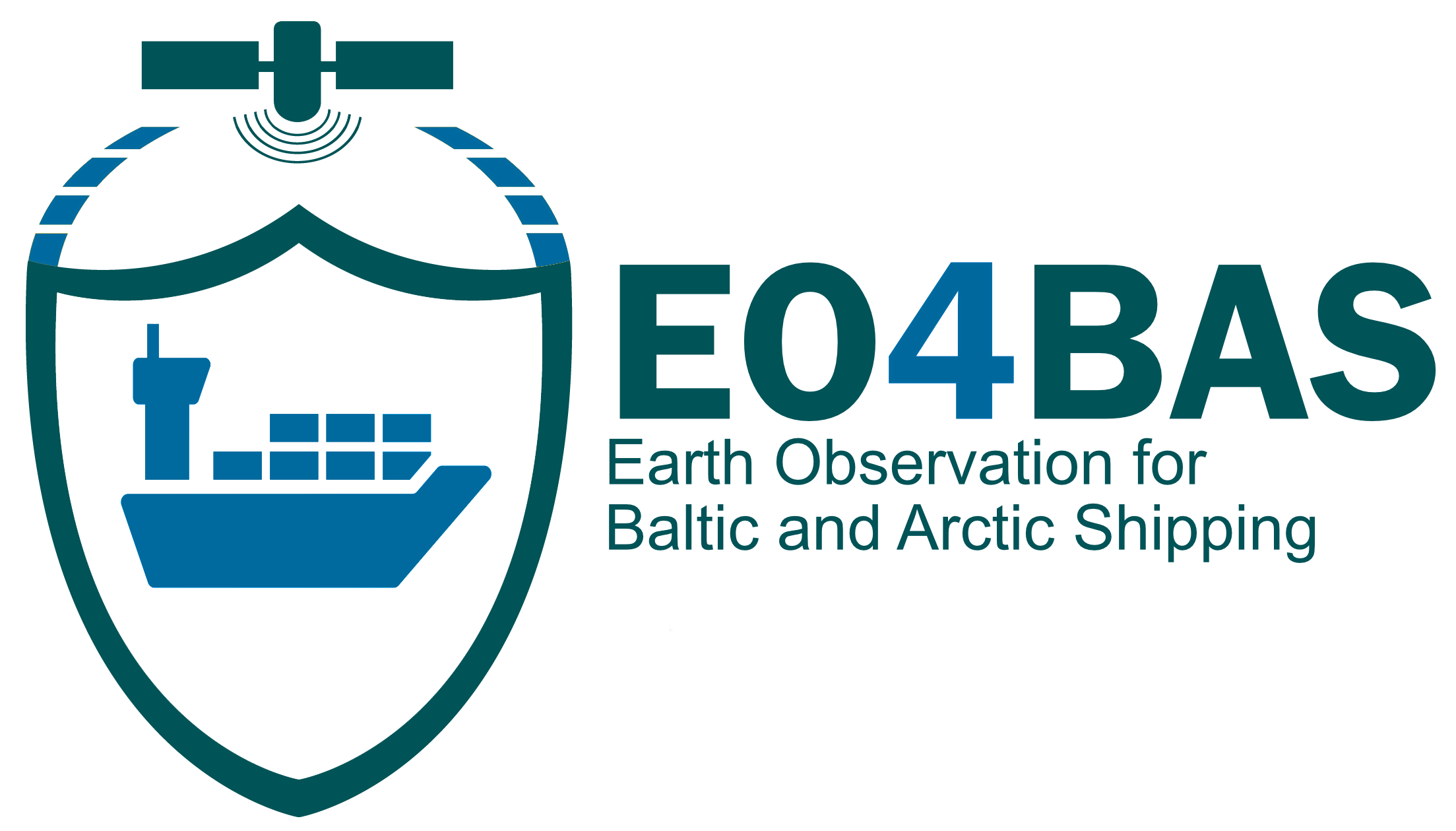Product Description
Ridges form when sea ice is deforming and fracturing due to forces from winds and currents. Ridges are elongated accumulations of broken ice resulting from deformation of sea ice. Rafting is another form of deformed ice occurring when one ice sheet overrides another ice sheet. Ridging and corresponding ice keels represent the thickest part of the sea ice cover. Detection and monitoring of ridges is therefore an important part of met-ice-ocean services to support operations in ice-covered seas. On large scale ridges can be observed by laser and radar altimeter data through a surface roughness parameter that is defined by standard deviation of the surface elevation measurements along the satellite orbit (as ICESAT laser altimeter). On regional and local scale, SAR images have been used for ridge detection and sea ice processes in the Baltic Sea, the Barents Sea and Svalbard area, in the Russian Arctic and in Canadian waters. SAR image cannot provide any quantitative estimate of the height of ridges. Use of SAR images with alternating polarization and high spatial resolution (better than 10 m) is expected to improve the classification of rough ice and detection of ridges.
Product Specifications
BUSINESS PROCESS | SD, SC, IN |
DESCRIPTION | |
Ice ridges refer to elongated and elevated formations of ice that develop in ice-covered seas. These ridges are typically created through the interaction of drifting sea ice and external forces such as wind, currents, and collisions between ice floes. | |
EO INFORMATION OF INTEREST | Wind and current velocity components (u, v) deforming and fracturing ice |
drift fields, SIT | |
MAIN PROCESS STEPS | Sea ice deformation derived from models |
INPUT DATA SOURCE | SAR and in situ measurements used for assimilation/validation |
SPATIAL RESOLUTION AND COVERAGE | Coverage of the model domain (an enclosed sea, a bay), spatial resolution based on the model grid |
ACCURACY / CONSTRAINS | Not specified |
LIMMITATIONS | Not specified |
LIMITATIONS | Limited availability of ground truth. The interpretation of data can indeed be challenging, especially when handled by personnel without extensive experience in the field. |
TEMPORAL RESOLUTION | Same as SIUV |
FREQUENCY | |
UPDATE | Very high (model time-steps) from hourly to days |
DELIVERY / OUTPUT FORMAT | NetCDF-3, NetCDF-4, Raster (geo-located) and shape formats |
ACCESSIBILITY | Copernicus marine service and Artic hub |
Business Process Challenges
Ship Design (SD) Challenges
SD-1 Environmental Conditions- SD-2 Defining Ice Class for VesselsSD-3 Vessel Concept, dimensions, and design
- SD-4 Material Selection in Ship Design Phase
- SD-5 Deciding design temperature (based on intended operations)
Ship Construction (SC) Challenges
- SC-4 Avoiding Ice During Sea TrialsSC-5 Planning of Sea Ice Trials
- SC-6 Finding Suitable Ice During Sea Trials
- SC-7 Ship Operation in Ice During Sea Trials
Ship Certification (SCE) Challenges
- SCE-1 Defining Operational Limit Temperatures
- SCE-2 Icing Prediction for Vessel Certification
- SCE-3 Risk Assessment for Operations in Ice
- SCE-4 Strategic Planning using Polaris
- SCE-5 Monitoring Ship Icing Conditions During Voyage
- SCE-6 Monitoring Sea Ice Conditions During Voyage
- SCE-7 Defining Design Parameters for Ship Class Rules
- SCE-8 Ship Emission Monitoring
- SCE-9 Ship Monitoring, Location and Operation
- SCE-10 Oil and Substance Spill Monitoring
Insurance (IN) Challenges
- IN-1 Incident Investigation
- IN-2 Understanding the Current and Future Expected Conditions
- IN-3 Ensure compliance of portfolio with Poseidon Principles
- IN-4 Risk evaluating vessels according to POLARIS
Ship Operation (SO) Challenges
- SO-1 Navigating Through Ice
- SO-2 Avoiding Ice Edge
- SO-3 Navigating Along (or just inside) the Ice Edge
- SO-4 Avoiding Ship Icing Conditions
- SO-5 Avoiding Sea Ice
- SO-6 Oil Spill Monitoring
- SO-7 Avoiding Snow Cover on Ice
- SO-8 Strategic Planning
- SO-9 Risk Analysis According to POLARIS
- SO-10 Search & Rescue Operations
- SO-11 Monitoring Vessels Without AIS Transponder
- SO-12 Navigating Waters with Poor Charting
End of Life Vessel Disposal (ELD) Challenges
- ELD-1 Weather condition monitoring
- ELD-2 Environmental impact monitoring of operations impact to local nature
- ELD-3 Authority monitoring of vessels on their way for scrapping
